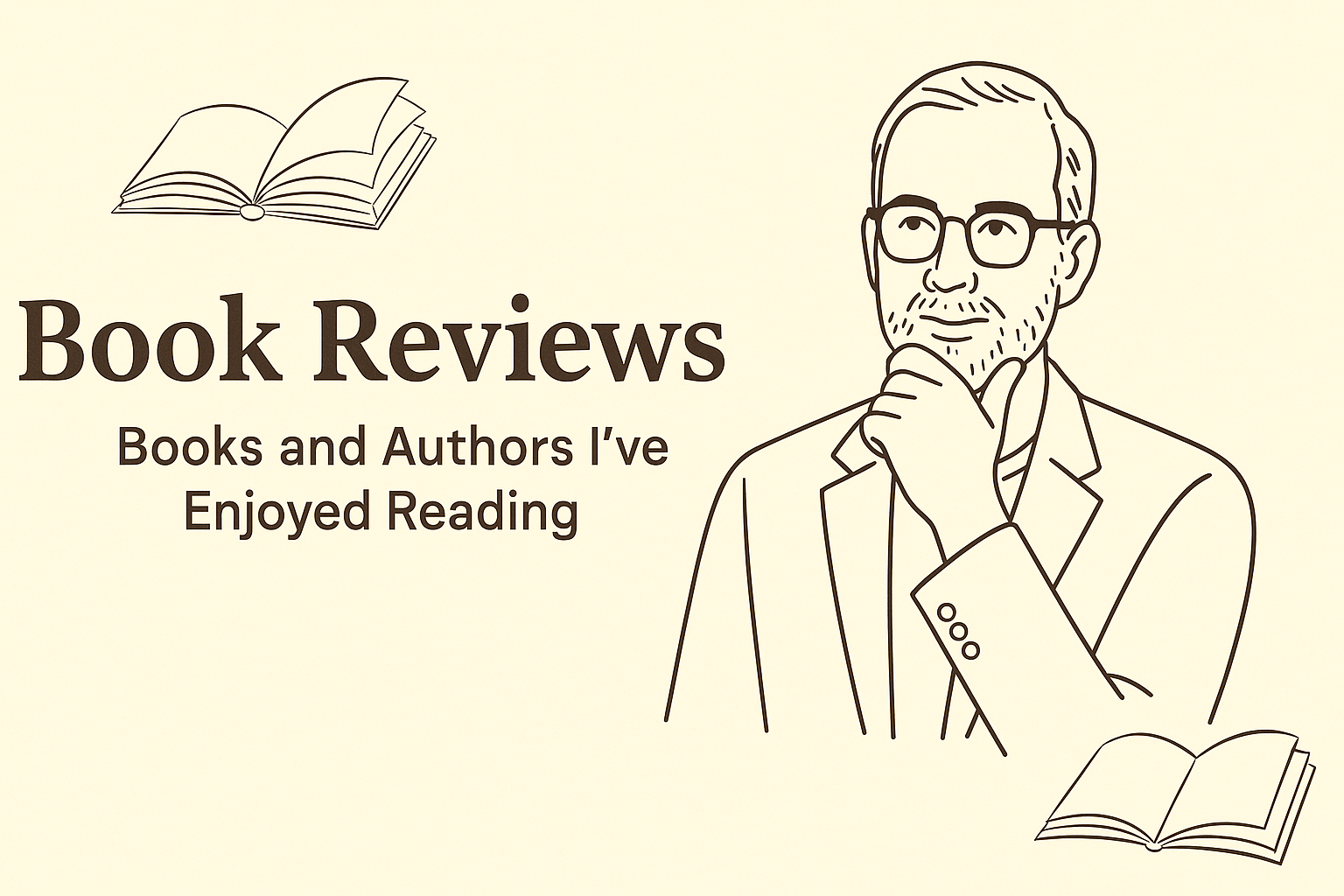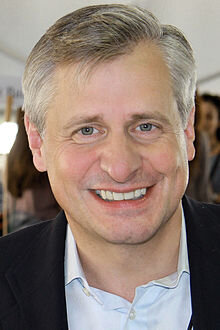In the introduction to Pet Sematary, Stephen King tells his readers that when people ask him what he considers the most frightening book he has ever written, his answer is always Pet Sematary. He said when he had finished it, he put it away in the drawer, thinking he had finally gone too far.
King intertidally spelled Sematary wrong for two good reasons. First, it is realistic that the kids who put the sign up might have spelled it wrong, and second, it was King’s intentional use of realism, writing accurately to represent real life.
The story begins when Louis Creed, a medical doctor from Chicago, is appointed director of the University of Maine's campus health services. He and his wife Rachel, their two young children, Ellie and Gage, and also Ellie's cat named Church, move to the small town of Ludlow near the University.
Their new neighbor, an older man, named Jud Crandall, warns Louis and Rachel about the highway that runs past their house, which is frequented by speeding trucks explaining that it has taken the lives of many neighborhood pets over the years.
Jud and Louis quickly become close friends, and a few weeks after the Creeds move in, Jud takes the family on a walk in the woods behind their new home. He points out a path up a small hill and tells them it leads to a pet cemetery where the local children bury their pets.
Louis’s wife, Rachael is distraught just by the existence of the pet cemetery (the sign on the entrance says “Sematary”) so close, and it comes out that she is also very traumatized by even discussing death. She eventually explains that as a young girl, the early death of her sister Zelda had been a harrowing experience for her. Louis understands and blames her parents for leaving her alone with her sister at a young age.
It isn’t long before Church the cat wanders into the road and is killed. Ellie and her mother are not home, and Louis is beside himself at how his daughter will handle it. Jud, trying to help, talks Louis into taking the dead cat up the hill to the Pet Cemetery. The crude sign at the entrance says Pet Sematary, and according to a comment in the book, this is because the character would have been painted by kids taking their pets to be buried there.
Jud leads Louis beyond the Sematary to a higher place up the hill farther, and they bury the pet there and place rocks over the small grave. They return home, and Louis goes to bed. The following day when he awakes, the cat is in the house. He smells terrible and is tracking mud everywhere. The cat seems to have been resurrected, but he also seems different in many ways. Louis doesn’t tell his wife or daughter anything, and even though they notice many differences in how the cat acts, nothing is said except that the past love for the cat seems to go away.
The plot continues, and as you might expect, others die. As I read this book, I was about 3/4th the way through it, and I was not quite sure why Stephen King considered this his scariest book. At the same time, I could see what was coming and asked myself if I wanted to go through it. That isn’t an unusual feeling for many of King’s books. Forgive me for not giving a lot of details but be assured that if you like King’s genre, horror, dark fantasy, and supernatural fiction, you will not be disappointed.
Ok, I will give away this small detail. Cemetery vs. ’s Sematary is explained in the book as the result of kids having painted the sign. You will have to decide if you believe that or if you can think of some deeper meaning?

































